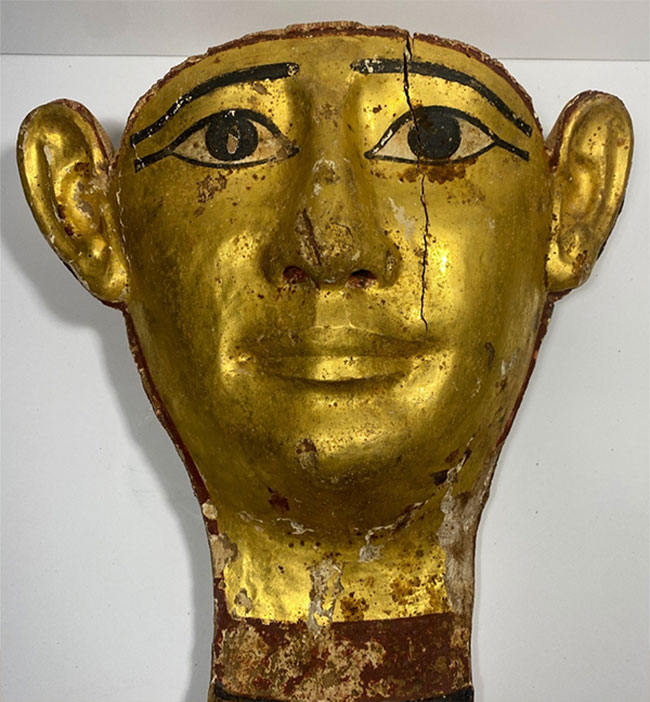Egypt recovers 25 looted Antiquities
Tuesday, May 13, 2025

Egypt has retrieved 25 looted antiquities from the United States following a three-year legal and diplomatic campaign involving Egypt’s consulate in New York, with support from the US District Attorney’s Office, law enforcement, prosecutors, and private collectors.
The artefacts — including gilded coffin lids, ancient jewellery, statues, and a rare Fayum mummy portrait — were handed over in Cairo on Monday.
A foreign ministry and tourism and antiquities ministry joint committee oversaw the handover.
The recovered items are stone and wooden sarcophagus lids, gilded and ceramic funerary masks, a large alabaster vessel, and a Fayoum portrait from the Greco-Roman era, noted for its striking realism.
Among the returned items is a granite foot fragment dated to around 1200 BCE, temple elements believed to be linked to Queen Hatshepsut, and a gold coin from the reign of Ptolemy I. A number of the pieces are made from ivory and alabaster.
Secretary General of the Supreme Council of Antiquities, Mohamed Ismail Khaled, said the objects had been illegally excavated and smuggled abroad, not stolen from museum collections.
Egypt’s Ministry of Tourism and Antiquities coordinated the recovery with the Ministry of Foreign Affairs, working with US authorities, including the Manhattan District Attorney’s Office. According to the government, it is one of the country’s most significant recoveries in recent years.
“This achievement reflects the dedication of all state institutions to preserving our national identity and historical legacy,” stated Tourism Minister Sherif Fathy.
“This reflects the growing cooperation between Egypt and the US in tackling the illicit trade in cultural property,” said Shaaban Abdel Gawad, who leads Egypt’s antiquities repatriation efforts.



The items will be restored at the Egyptian Museum in Tahrir before being displayed in a temporary exhibition.
Since 2022, Egypt has stepped up efforts to track and reclaim looted artefacts, as part of a broader campaign to recover its dispersed heritage.
While thousands of items remain missing, the government has increasingly relied on diplomatic and legal channels to pressure institutions and collectors to return objects with questionable provenance.
